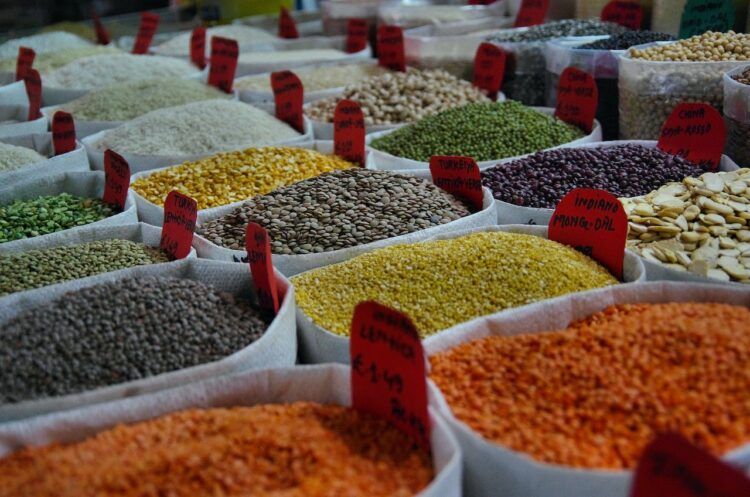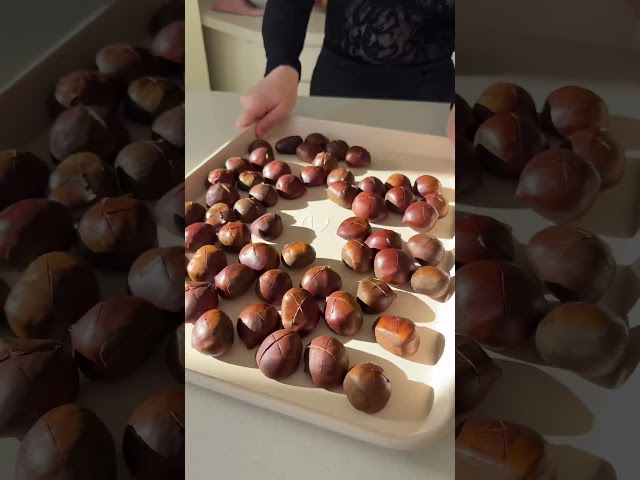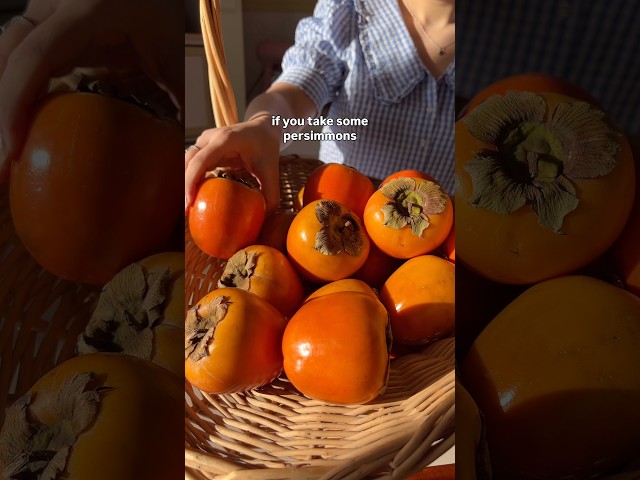The Power of Ancient Grains
In recent years, there has been a growing interest in reviving the use of ancient grains. These forgotten staples have been cultivated by our ancestors for thousands of years and offer a wide range of benefits. Not only are they packed with nutrients, but they also bring a unique and delicious flavor to our plates.
While modern agriculture has focused on a few popular grains like wheat, rice, and corn, ancient grains offer an alternative that is not only sustainable but also diverse. From quinoa to amaranth, spelt to teff, there is a whole world of grains waiting to be rediscovered.
Health Benefits of Ancient Grains
Ancient grains are often praised for their nutritional profile. They are rich in fiber, protein, and a variety of essential vitamins and minerals. These grains are also typically less processed and more easily digestible than their modern counterparts. Some studies have even suggested that eating ancient grains can help lower the risk of certain chronic diseases, such as heart disease and type 2 diabetes.
Moreover, ancient grains are usually gluten-free, making them a great option for those with gluten sensitivities or celiac disease. They can be a valuable source of nutrients for people following a gluten-free diet.
Rediscovering Ancient Grains in the Kitchen
If you’re looking to incorporate ancient grains into your diet, there are endless possibilities in the kitchen. These grains can be used in a variety of dishes, from breakfast to dinner.
Start your day with a hearty bowl of quinoa porridge topped with fresh fruit and nuts. Cook up a batch of amaranth and mix it into your favorite salad for extra texture and nutrition. Use spelt flour to make homemade bread or pasta. And don’t forget to try teff, a tiny grain that packs a big punch of flavor and works well in both sweet and savory recipes.
Experimenting with ancient grains can be both fun and rewarding. They bring a whole new level of depth and complexity to your meals, making them more interesting and satisfying.
The Sustainability of Ancient Grains
Ancient grains are not only good for your health but also for the planet. These crops often require fewer resources to grow, such as water and pesticides, compared to conventional grains. They also help promote biodiversity by diversifying our agricultural practices.
By rediscovering and reintroducing ancient grains into our diets, we can contribute to a more sustainable and resilient food system. Supporting farmers who grow these grains also helps preserve traditional farming methods and cultural heritage.
Conclusion
As we delve into the world of ancient grains, we open ourselves up to a vast array of flavors, textures, and nutritional benefits. These forgotten staples have stood the test of time and offer us a connection to our ancestors and the earth. Rediscovering and incorporating ancient grains into our modern diets is not only an act of culinary exploration but also a step towards a healthier and more sustainable future.












Discussion about this post